Art is your birthright. Don’t let them tell you otherwise
On university chaos, old friends, and why my favourite photographer is a toddler
When I think back to my undergraduate university days, there’s one story that comes to mind.
It was a quiet Wednesday and I was sitting on the couch watching television. I lived on campus at the time, in a crowded cottage that had eight bedrooms. Most unusually, I had the place to myself.
Charles Sturt University in Wagga Wagga, where I was studying, was big enough to have its own postcode. Hundreds of students, taking our first uncertain steps into adulthood, lived in a ramshackle collection of houses, apartment blocks, and halls, all a short amble from each other. This proximity led to constant noise and disruption.
I was lying on our couch, flicking absently between channels and enjoying a rare moment of solitude, when someone kicked the front door open.
Two good friends of mine (who I will graciously not name) barged into my house. One of them had an old landline phone receiver, the spiral cord still attached, stuck to his ear. He had achieved this by looping sticky tape around his head, over his hair, several times like a halo.
“I’m Telstra Man,” he bellowed while I sat paralysed with confusion on the couch.
He then stalked, with great purpose, to the home phone that was sitting on the coffee table next to the TV. In one big, sweeping movement, he pulled it out at the wall, and dropped it on the floor.
“And this phone has been disconnected.”
They both left as abruptly as they had arrived, through the back of the cottage this time. I sat, stunned, blinking at the swinging door.
I distantly heard this routine being repeated in the cottage behind me, and then the one behind that. Such was the chaos of campus living. I went back to watching television, and took a mental note to ask them what the hell that was all about next time I saw them.
A few days later, they told me they’d had a few drinks and decided to see what huffing glue was like. Telstra Man, we all discovered, was the result. They pulled at least half a dozen phones out of cottage walls before the glue fumes wore off and they came to their senses.
This was a weird story at the time. It feels even more insane being examined in the rear vision mirror, middle age rapidly approaching from the front. I look at my friends now, still mad, but more settled. It’s amazing some of us made it into adulthood at all.
But amongst the chaos – or perhaps because of the chaos – some serious creative talent grew out of that Wagga Wagga campus.
There are many writers, artists, photographers and filmmakers who I am proud to know.
One of those people is Angus Mordant.
In all truth, I wasn’t very close to Angus at university, but I remember thinking he was a self-possessed young guy, someone who sat a bit above above the bedlam. Angus was studying photography, and I’d rarely see him without a very serious-looking SLR camera slung around his neck.
I only had one year at Wagga with Angus, before he packed up and headed to the more sophisticated university scene of Melbourne. But we stayed friends on Instagram and I watched his career unfold as we both grew up. While I was plugging away in Australia’s news media, Angus was climbing the ranks as a photojournalist in America. I always found his pictures to be utterly compelling – Angus has a gift for capturing the drama of a moment.
Things have quietened down a bit for Angus recently. He got married, had a son and started doing more of the work that’s amenable to family life – weddings, portraits and the like.
But in these more tranquil times, Angus started posting a new series of photos. They are, I think, the perfect antidote to the gloomy news about Artificial Intelligence which I have been recently covering.
They’re a collection of pictures taken by Angus’s two-and-a-half-year-old son, Oliver
The story goes that one day Oliver found an old, broken lomography camera in some boxes and refused to hand it back. He ran around their home, pretending to be a photographer, no doubt inspired by his father.
Angus decided to foster this interest, and bought Oliver a cheap disposable camera – he took to it very quickly.
“I only had to show him which way to point it, where to look, and what button to press a couple of times,” Angus said.
What followed was a series of surprisingly beautiful, perspective-shifting photographs.
It’s funny looking at the world through the eyes of a two-year-old. There are the obvious differences, of course. Because Oliver is low to the ground (due to his toddler-sized height) everyday objects like bins, bikes, and shopping trolleys tower in his pictures.
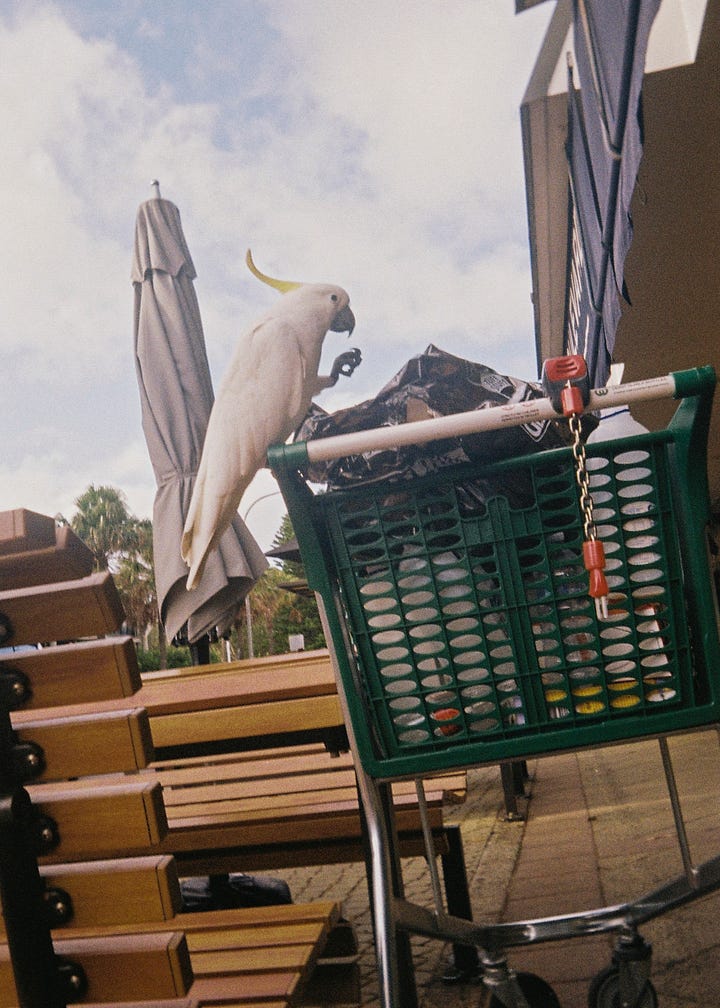
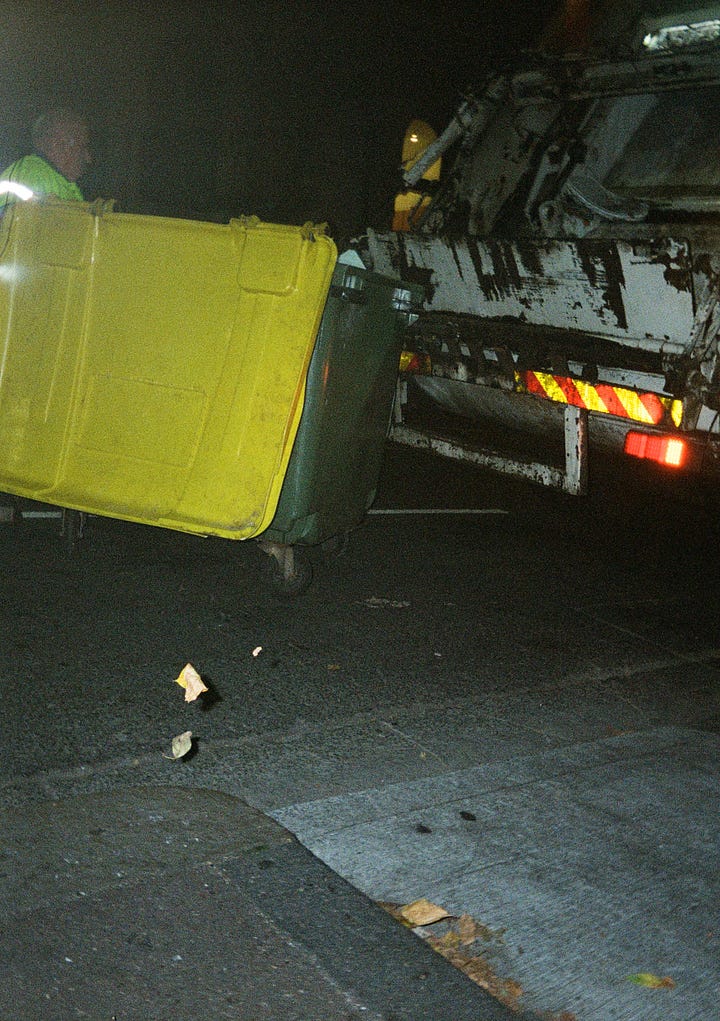
But then there are the more subtle details. Like the soft smiles of adults who are clearly disarmed by a toddler carrying a camera.
And then there are the people who don’t notice Oliver at all.
It’s also an interesting study in what a child finds worthy of attention. Birds and dogs feature heavily. But I find some of the most interesting pictures are of the nondescript detritus of city-life.
What made him capture this moment, I wonder? Was there something about this scene that he liked, or was it just random?
Angus thinks that most of the time, at least, Oliver is making considered choices. .
“If he's in his stroller, he'll say ‘go this way, go that way’, point to what he wants to photograph,” Angus says.
Like a lot of artists, Oliver doesn’t care much for people interfering with process. He’ll ignore Angus’s suggestions on subjects, and is emphatic about when he will (and will not) take his camera out on an excursion. There’s no reasoning with genius.
Angus doesn’t interfere much with the final product, either. There’s no cropping of photos or straightening of horizon lines. He’ll occasionally bring the exposure up or down a bit, but only to make the subject of Oliver’s attention visible.
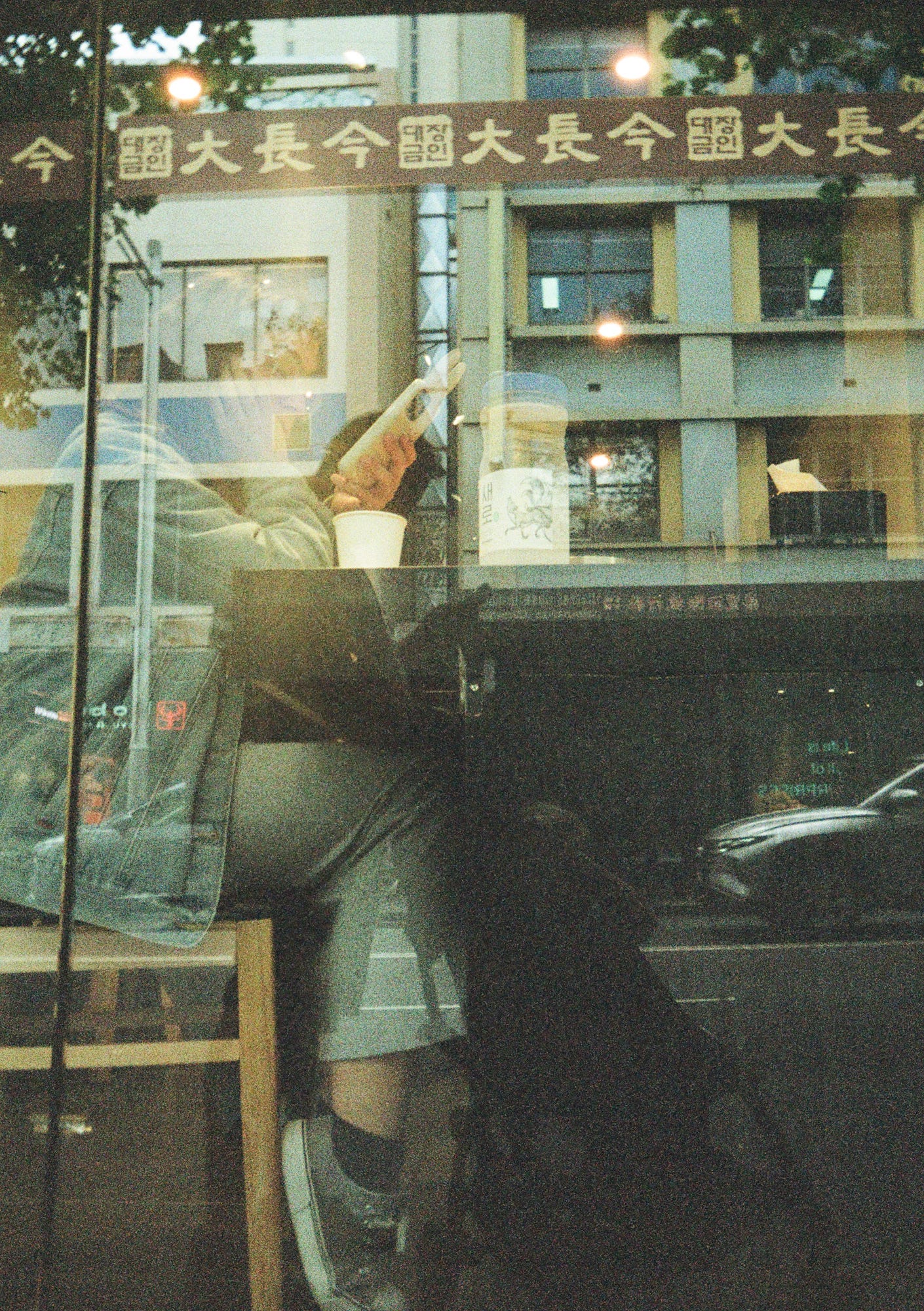
Because the photos are being taken on a disposable camera, they have a fuzzy dream-like quality. I’d call them nostalgic, but this seems like an ill-fitting emotion to impose on the work of a toddler.
In fact, it seems pretentious to impose any deeper meaning onto these photos at all. Part of what makes them so remarkable is their guilelessness. They’re a very pure form of art, when you think about it. Made in the vacuum of pure experience, not yet impacted by the expectations or pretensions of adulthood.
In the time of artificial perfection, I find them to be life-affirming. Oliver is so young he can barely walk, but already he’s compelled to make.
And in the smallest of ways, his art has managed to alter the world. In writing this story, I’ve spoken with Angus for the first time in over fifteen years. I’ve learnt about his life, his work, and his family. His son’s photos were a bridge to human connection. More than ever, moments like these matter.
Art is our inalienable birthright, intrinsically linked to our humanity.
Thank you, Oliver, for the timely reminder.
Oliver has an Instagram page which I highly, highly recommend. You can also give his dad Angus a follow here.






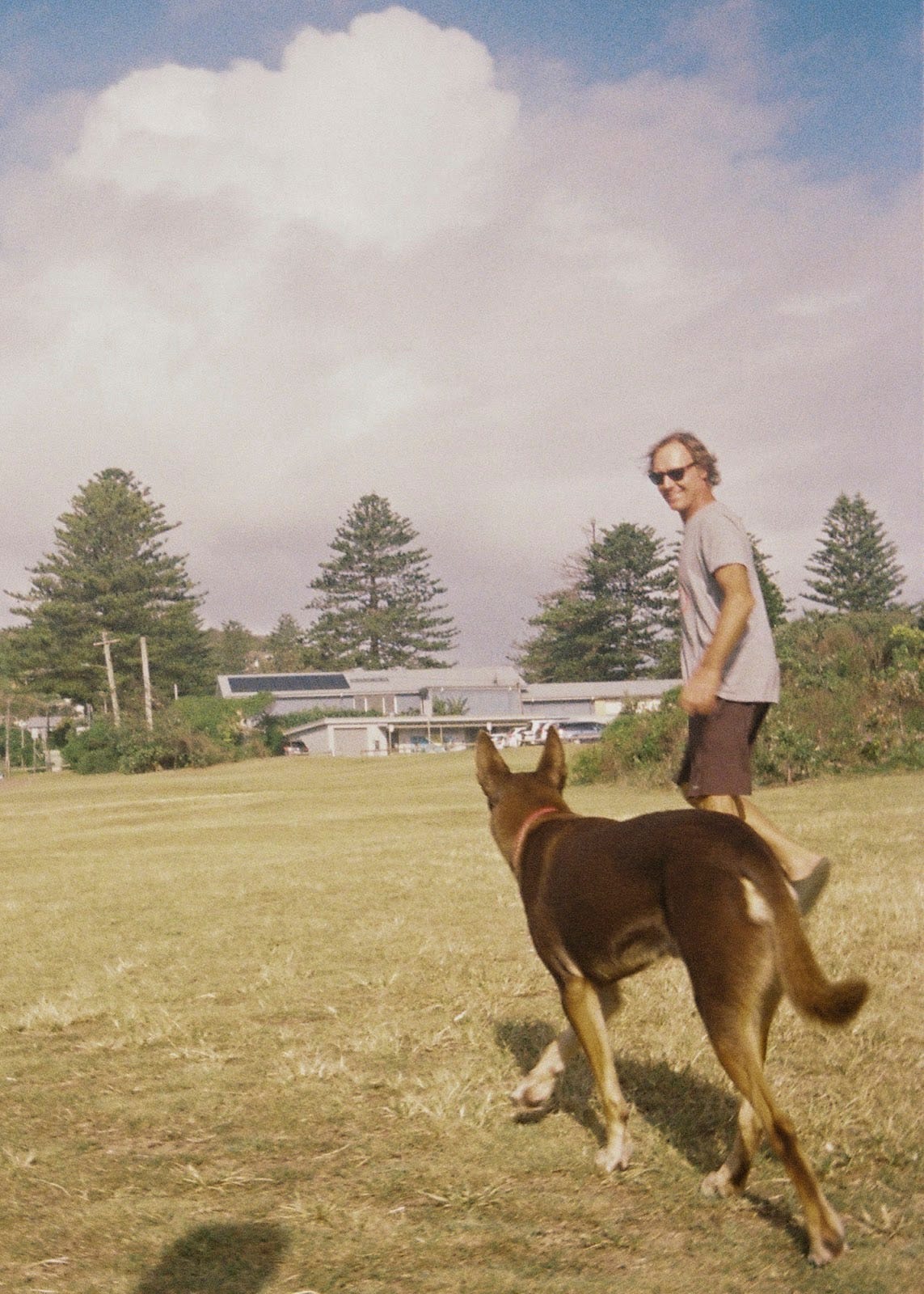

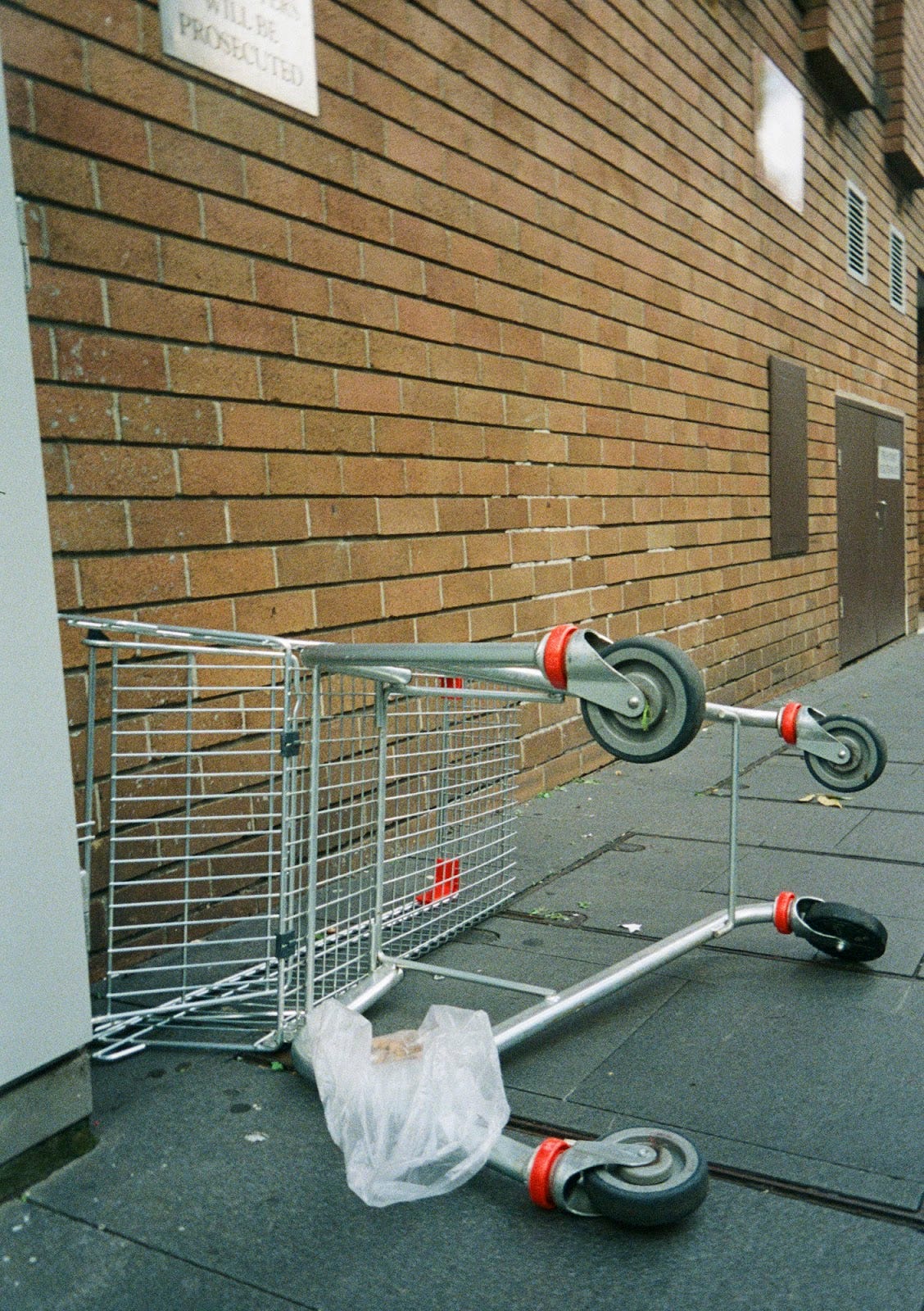
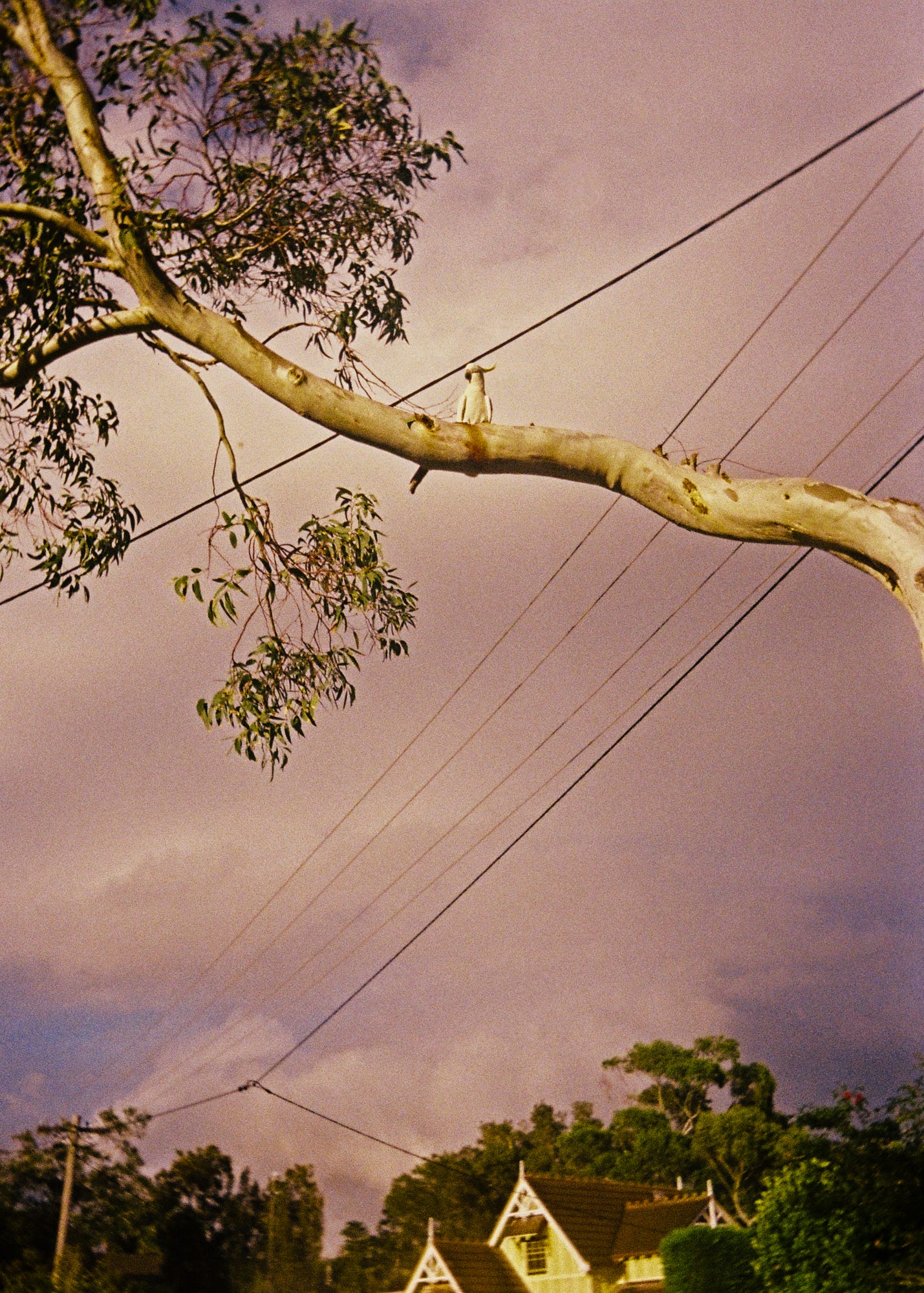
How bloody lucky were we to have existed in that mess of 2010s creativity and chaos too, where we all had the time, space and permission to make weird shit. I don't think it's the same there anymore, which makes me sad for the gen z crop of art students.
But if Oliver is anything to go by, the kids will be better than fine! What a little legend.